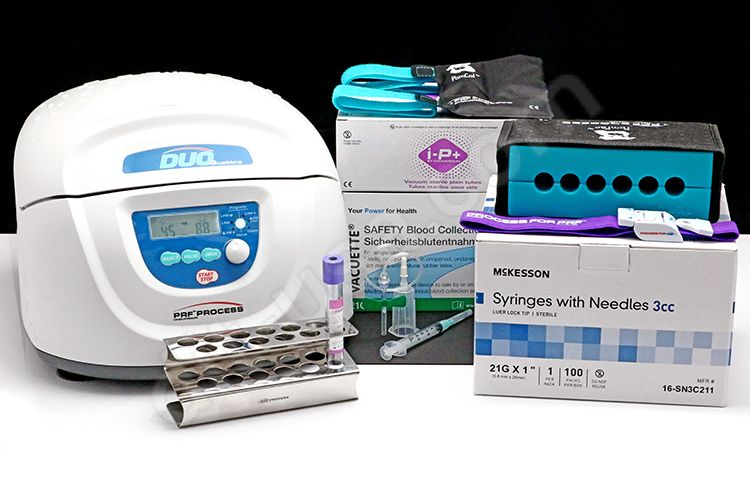What Type Of Allograft Should You Consider For Your ACL Reconstruction Surgery?

Most people do injure their Anterior Cruciate Ligament with age or intense physical activities. In such cases, ACL surgery is the only way out for your recovery and wellness. However, when you are having an ACL Surgery, different types of grafts indulge in offering you complete treatment. In the reconstruction of your ACL, you will get two grafting options. It will include Allograft and Autograft. What are Allograft and Autograft? In relevance, the Autograft is the grafting of tissue from the patient’s own body part. It is grafting the tissue from one part to another. However, Allograft is a process in which the tissue grafting takes from another individual’s body. Allografts are the option usually implemented for the Hamstring, Anterior/posterior, and tendon. When you have ACL reconstruction surgery, you need to choose between Allograft and Autograft. How does age play a decisive role in choosing the grafting method? The doctors always opt for Allograft when you are above 30 years o
